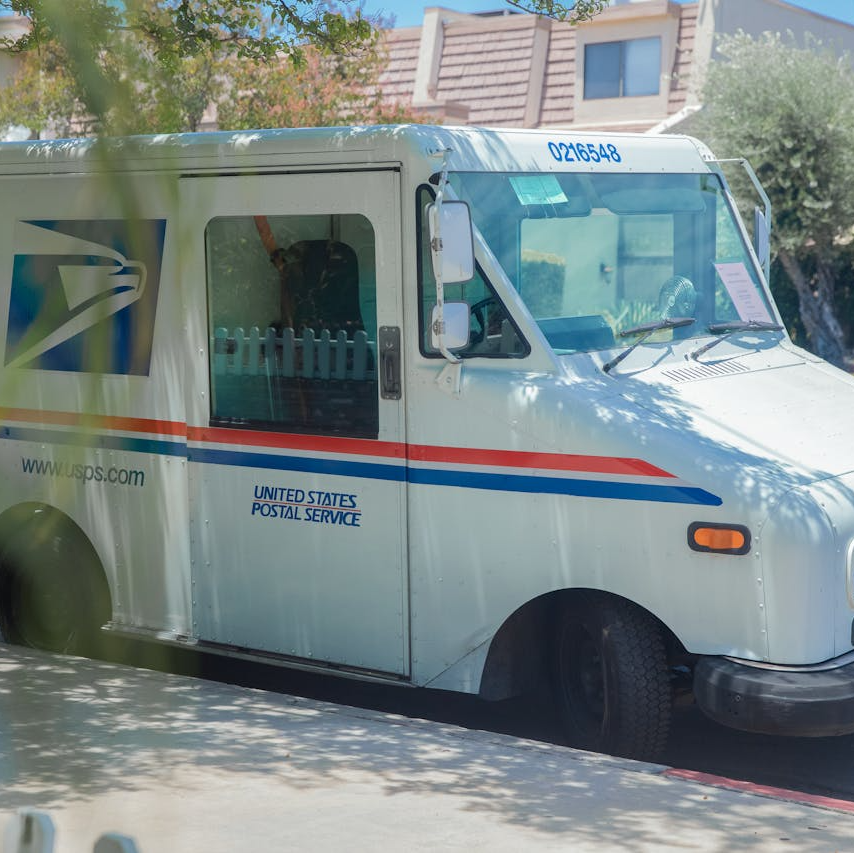Key Takeaways
-
Understanding PSHB copayments is essential for managing your healthcare budget effectively as a postal worker or retiree.
-
By adopting smart strategies, you can reduce out-of-pocket costs and make the most of your Postal Service Health Benefits.
Navigating Your PSHB Copayments
Managing copayments under the Postal Service Health Benefits (PSHB) program doesn’t have to be overwhelming. Whether you’re actively working for the USPS or enjoying retirement, understanding how your copayments fit into your overall healthcare budget can make a significant difference in your financial stability. Let’s break it down so you can take control of your expenses with confidence.
What Are Copayments?
Copayments, or copays, are fixed amounts you pay for certain healthcare services, such as doctor visits, prescriptions, or emergency care. In the PSHB program, these payments are usually lower when you use in-network providers compared to out-of-network providers. For instance:
-
Primary care visits: Typically range from $20 to $40.
-
Specialist visits: May range from $30 to $60.
-
Emergency room visits: Often cost between $100 and $150.
These amounts vary depending on the specifics of your plan, so reviewing your PSHB plan details is critical.
Assessing Your Healthcare Needs
To effectively manage your budget, start by evaluating your healthcare needs for the year. Consider the following:
-
Frequency of doctor visits: How often do you anticipate seeing your primary care physician or specialists?
-
Medications: Do you take regular prescriptions, and are they covered under your plan?
-
Upcoming procedures: Will you need surgery or other treatments that require significant copayments?
By anticipating these costs, you can create a realistic budget that accounts for regular and unexpected healthcare expenses.
The Impact of In-Network Providers
Sticking with in-network providers is one of the easiest ways to keep your copayments manageable. In-network providers have negotiated rates with the PSHB program, which typically translates to lower out-of-pocket costs for you. Out-of-network care, on the other hand, often involves higher copayments and coinsurance rates.
Tips for Staying In-Network
-
Use the PSHB directory to find approved providers near you.
-
Confirm your provider’s in-network status before scheduling an appointment.
-
If traveling, research in-network providers at your destination.
Planning for High-Cost Services
Some healthcare services, like emergency room visits or hospital stays, come with higher copayments. Here’s how to prepare:
-
Emergency room alternatives: Use urgent care centers or telehealth services for non-life-threatening issues.
-
Scheduled procedures: Discuss costs with your provider beforehand and explore payment plans if needed.
-
Preventive care: Take advantage of fully covered preventive services, such as annual check-ups and screenings, to catch issues early.
Prescription Drug Costs and Copayments
Prescription medications can be a significant portion of your healthcare expenses. Under the PSHB program, copayments for prescriptions vary based on the drug tier and whether you’re using a preferred pharmacy. Here are some strategies to save:
-
Generic drugs: Opt for generics whenever possible, as they often have the lowest copayments.
-
Mail-order pharmacies: These can provide cost savings for maintenance medications.
-
Formulary reviews: Check your plan’s formulary to ensure your medications are covered at the lowest tier.
Budgeting for Your Copayments
Creating a budget specifically for healthcare expenses is crucial. Here’s how you can approach it:
-
Track expenses: Record all your healthcare-related costs, including copayments, deductibles, and premiums.
-
Set aside funds: Use tools like Health Savings Accounts (HSAs) or Flexible Spending Accounts (FSAs) to allocate pre-tax dollars for medical expenses.
-
Review annually: Adjust your budget based on changes to your health or PSHB plan.
Utilizing Preventive Care Benefits
One of the most effective ways to reduce overall healthcare costs is to prioritize preventive care. Under the PSHB program, many preventive services are covered without requiring a copayment. These include:
-
Annual physical exams
-
Vaccinations
-
Screenings for conditions like diabetes or high blood pressure
By staying proactive about your health, you can minimize the need for more expensive treatments down the line.
Communicating with Your Providers
Clear communication with your healthcare providers can also help you manage costs. Don’t hesitate to ask questions like:
-
“Is this service covered under my PSHB plan?”
-
“Are there alternative treatments with lower copayments?”
-
“Can you recommend in-network specialists or facilities?”
Building a strong relationship with your providers ensures that you’re making informed decisions about your care.
When to Contact PSHB Customer Service
Sometimes, you’ll need additional support to understand or resolve issues related to your copayments. Reach out to PSHB customer service if:
-
You’re unsure about coverage details for a specific service.
-
Your provider charges you an unexpected amount.
-
You need help finding in-network providers.
Keeping a record of your communications can be helpful if any disputes arise.
Planning for Retirement and Healthcare Costs
For retirees, healthcare budgeting takes on added importance. Here are some tips to keep in mind:
-
Medicare integration: If you’re eligible for Medicare, coordinate it with your PSHB coverage to maximize benefits and reduce copayments.
-
Review plan options annually: Make sure your PSHB plan aligns with your retirement healthcare needs.
-
Anticipate higher expenses: As you age, your healthcare needs and costs may increase, so adjust your budget accordingly.
Adapting to Life Changes
Life events such as moving, getting married, or experiencing a major health change can impact your healthcare needs and costs. During these times, review your PSHB plan and adjust your budget as necessary. Qualifying Life Events (QLEs) also allow you to make changes to your plan outside of Open Season.
Preparing for Open Season
Each year, Open Season gives you the opportunity to review and change your PSHB plan. Use this time to:
-
Compare different plans based on copayments and coverage.
-
Assess how well your current plan meets your needs.
-
Update your enrollment if you experience changes in your health or finances.
Stay Organized and Informed
Keeping your healthcare paperwork organized is essential for effective budgeting. Maintain records of:
-
Explanation of Benefits (EOB) statements
-
Receipts for copayments and other medical expenses
-
Documentation of any disputes or claims
Staying informed about changes to the PSHB program also helps you avoid unexpected costs and make the best decisions for your situation.
Take Control of Your Healthcare Budget
Managing your PSHB copayments doesn’t have to be complicated. By understanding your plan, prioritizing preventive care, and budgeting wisely, you can take control of your healthcare expenses. Remember, proactive planning and regular reviews of your PSHB plan ensure that you’re always prepared for whatever healthcare needs arise.











